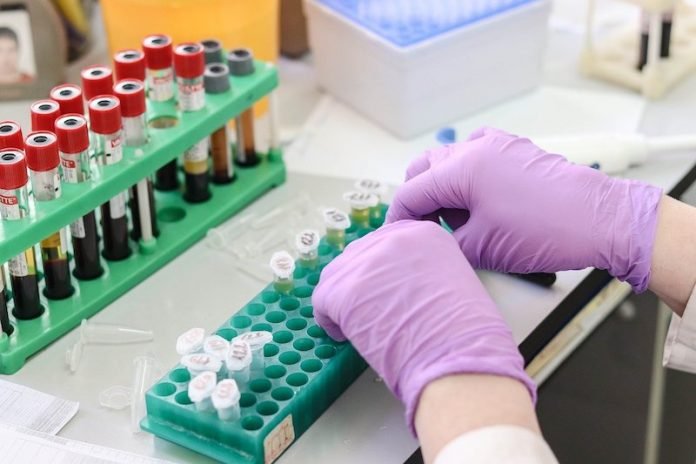
In a new study, researchers recommend that all COVID-19 patients admitted to the ICU undergo a thromboelastography (TEG) to test for the risk of forming blood clots.
This recommendation comes after they found that more than half of the patients tested under these same conditions developed severe blood clots that went undetected using routine screenings.
The research was conducted by a team at Baylor College of Medicine.
The team observed 21 patients with confirmed COVID-19 infection admitted to the Baylor St. Luke’s Medical Center ICU between March 15 and April 9.
They found that the standard clotting profile or screening of the patients was fairly normal. They were then moved to the next level of more specific clotting tests, which included analyzing a patient’s fibrinogen and D dimer levels.
Fibrinogen is the protein that makes up the clot and D dimer levels are used to indicate the rate at which a patient’s clots are being broken down, which would usually suggest that the body is “chewing up” all of the clotting factors.
For the COVID-19 patients in the ICU, the researchers found that the levels of fibrinogen were more than three times the normal range, indicating that the body was churning out this protein. Looking at these two results together, there was no clear indication that these patients were at increased risk of forming blood clots.
At this point, the researchers looked to the third tier of tests that is not a regularly used process in most ICU patients, the thromboelastography test.
This test looks at how quickly clot forms, its strength, and its stability. It is used mostly for open-heart surgery patients who often have abnormal clot function and also is commonly used for trauma patients.
This test showed the researchers two things: the patients who they found were clotting their central intravenous and arterial lines and dialysis catheters had abnormally high clotting function compared to the patients who did not have clotting issues, and the clot breakdown function was significantly higher in the patients who were clotting less than others.
Among the 21 patients studied, 13 of them, or 62%, developed 46 blood clots that could only be detected through the TEG test.
For patients who are at a higher risk of blood clots as indicated by the TEG test, the researchers recommend administering additional blood thinners.
They say the TEG test should be performed on all COVID-19 ICU patients immediately to find those who are at a higher risk of clotting.
The researchers are now looking at whether these undetected blood clots could be related to the unexplained deaths they are seeing in COVID-19 patients.
One author of the study is Dr. Todd Rosengart, the chair and professor of the Michael E. DeBakey Department of Surgery.
The study is published in JAMA Network Open.
Copyright © 2020 Knowridge Science Report. All rights reserved.



